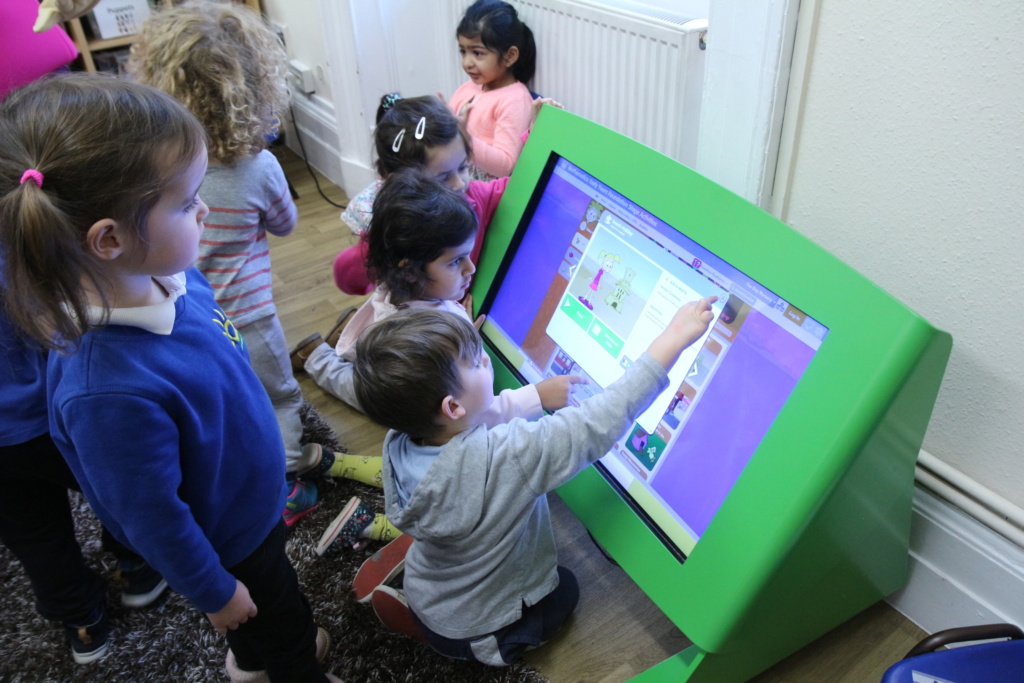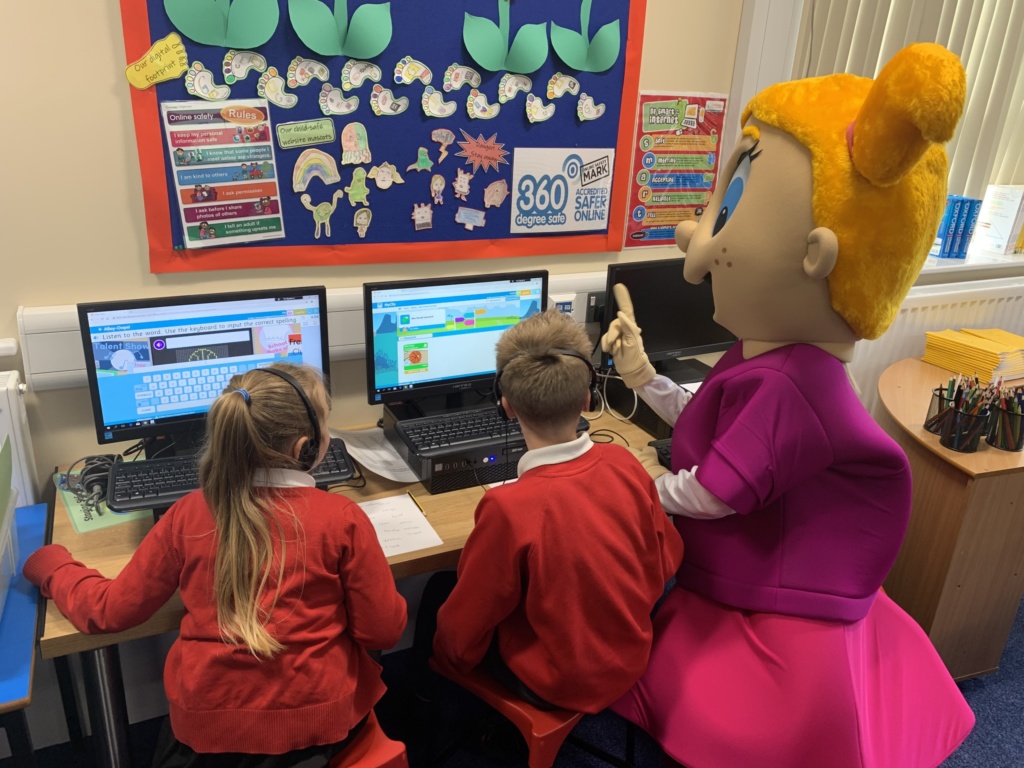
The rise of education technology has happened for a reason—it is undeniably having an impact on teachers and students alike, but this is rarely communicated in the common narrative. We hear the broad strokes of edtech improving attainment and reducing workload, but how is edtech most effectively used and what are the tangible benefits that teachers are witnessing in the classroom? Looking beyond the surface, it’s important to offer our peers in education encouragement beyond the obvious. Yes, it’s necessary to consider the value of edtech, but it’s also worth reminding teachers and education leaders about the challenges we are striving to overcome and the effective approaches that have been taken.
Jumping on the bandwagon
Edtech undeniably plays a key role in the delivery of contemporary education. It has the potential to dramatically reduce teacher workloads by streamlining and automating processes. However, in my experience, the most value has stemmed from personalised learning resources that allow for pupil differentiation and which encourage greater one-to-one interventions and support. What’s more, personalised learning resources have broken down countless barriers to learning and are providing a more nuanced education experience for our students and teachers alike.
With all the benefits considered, there remains considerable hesitation amongst some teachers who are yet to be convinced of how edtech can revolutionise the classroom and learning experience. The edtech market is saturated, and the quality of the offerings varies greatly. And, from my own assessment, there seem to be two types of developers—those who understand the needs of education stakeholders and those who don’t. That said, in my opinion, the main barriers to effectively using edtech boils down to two key failings:
implementing edtech for the wrong reasons, simply because it’s on-trend, rather than serving pupils’ needs
inadequate on-boarding that places the onus on teachers to quickly get up to speed, rather than supporting staff as they adjust to the resources and allowing them to make the most of this opportunity
Personalised learning has been recognised over the past few years for building confidence, creating autonomous learners and improving learning outcomes. My personal history with edtech has been mixed, but after taking the time to conduct thorough research into what the most appropriate resource for our school would be, and facilitating an integration process that placed teachers at the core, I can attest to these strengths. When used correctly, edtech can move mountains for students. Assignments and lesson plans can be tailored to individual strengths, the provision of immediate feedback is invaluable, and greater digitised support means that teachers can conduct the classroom in more robust and useful ways.

Context is key
At St Giles’ Church of England Primary School, we support just over 400 primary students. We strive to ensure that our children’s needs are being prioritised and that we are providing an educational experience that is stimulating and which allows our community of teachers and learners to flourish and realise their full potential. As a school that is also committed to ensuring our students are well-equipped to navigate their digitised future, we believe that education technology should play a large role in 21st century education. This has been a rapid transformation for our school—when I began my role, there wasn’t edtech, let alone any tech, in place.
Introducing edtech to our classes and staffrooms has allowed for dramatic improvements. We were wanting to increase engagement levels and stop the summer lag that occurs over the holiday period. Not only this, but we wanted to empower our community of teachers, students and parents with the tools to elevate their engagement. From an attainment perspective, we were also aiming to improve our KS2 results for reading, writing and maths—which regrettably lagged. Above all though, we wanted to approach our adoption of edtech with a strategy—we identified which problems we wanted to solve and were armed with a checklist. It had to be inclusive, curriculum-aligned, do much more than simply spout out ‘pass/fail’ feedback and provide an obvious value-add for parents which is particularly important for our school, which has up to 40 per cent pupil premium.